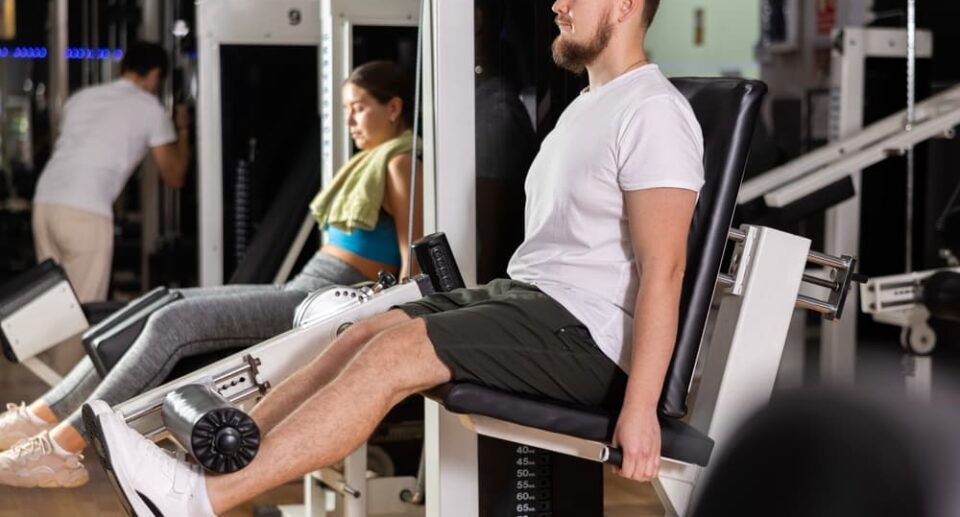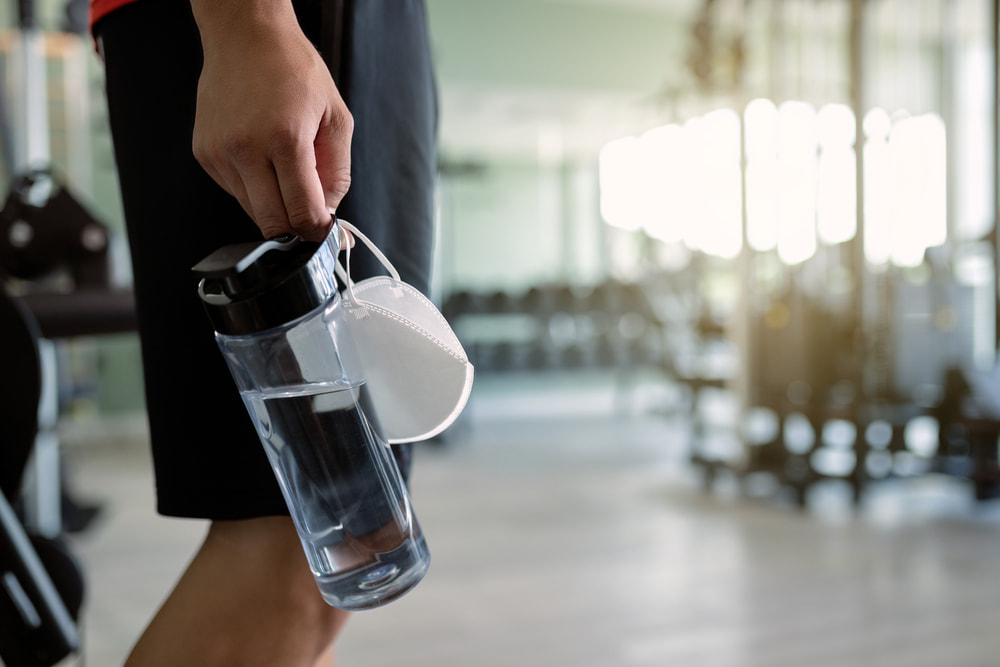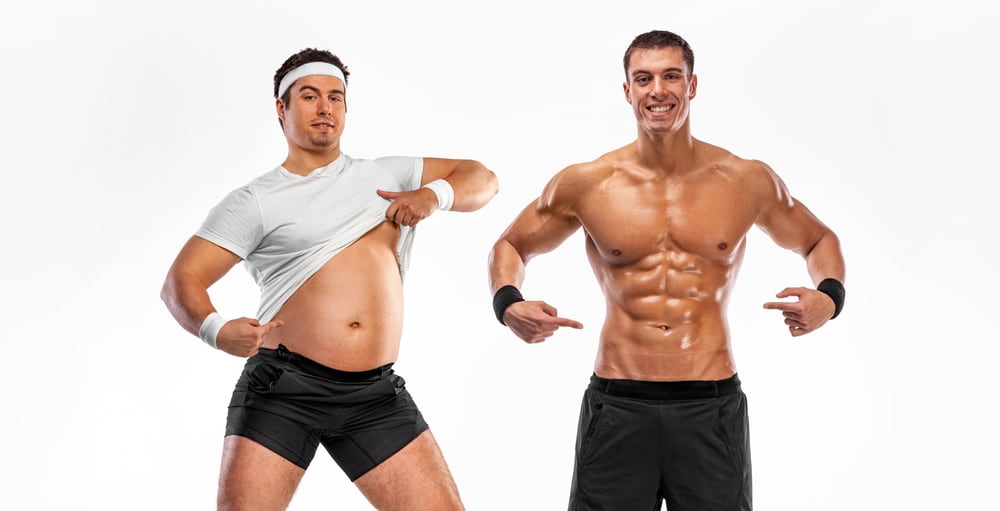Success stories of building muscle after 30


Many people do not think about building muscle after the age of 30. People think they are too old to build muscle now. Many people believe that it is impossible to build muscle and maintain a balanced body structure as one ages. After 30 years, the body’s strength decreases, metabolism slows, and hormonal changes cause individuals to lose hope. But many people have proven these ideas wrong.
Today, in this blog, we will explore the success stories of individuals who have embarked on the journey of building muscle after the age of 30 and achieved remarkable results. For them, age is just a number. Success in life will come only if there is a strong belief in the mind and willpower.
Mindset and Reality


It is essential to have the right mindset when it comes to building muscle. At this time, you have crossed the age of 30 and have lost the strength you once had in your body. You have to get out of this kind of misconception.
Common misconceptions vs. real reality
Misconceptions: Muscles do not build after 30, because the body’s metabolism decreases and testosterone levels decrease.
Reality: It’s true that as we age, our body’s strength decreases, our metabolism slows down, and our testosterone levels decrease. This doesn’t mean that building muscle isn’t possible. Building muscle requires proper planning and willpower. You need to convince your mind that you’re only 25, which will motivate you to succeed.
Misconception: You need to spend more time and work extra hard to build muscle.
Reality: You don’t need to spend hours in the gym to build muscle. More effective and intelligent workouts can give better results. If you follow these three basic principles—compound exercises, progressive overload, and adequate rest—you can get good results in less time. Quality is always more important than quantity.
Misconception: Diet alone or workout alone is enough to build muscle after 30.
Reality: Building muscle is an integrated process, where proper nutrition, effective workouts, and adequate rest—all three play an equal role. Doing one without the other will not bring the desired results. To build muscle, you need to give your body enough protein and calories, put stress on the muscles, and give the muscles enough time to recover.
The science of muscle growth after 30


After the age of 30, some changes occur in the body. Because at this time, muscle growth slows down a bit.
The main scientific reasons behind muscle growth after 30 are explained as follows:
1. Hormonal changes
Testosterone: This hormone is produced by both men and women. After the age of 30, this hormone starts to decrease a bit. And when this hormone decreases, muscle growth slows down a bit.
Growth hormone: The level of this hormone decreases with age. Muscle growth is also hampered due to the decrease in the hormone.
Cortisol: The level of the stress hormone cortisol can increase due to excessive mental stress or insufficient rest. It helps in muscle breakdown and inhibits the process of muscle building.
2. Muscle protein synthesis
After 30, the efficiency of muscle protein synthesis decreases a bit. This means that the body cannot build muscle as easily as it could when it was young, with the same amount of protein and workout as it does when it gets older. This process is called Anabolic Resistance.
3. Slow metabolism
Muscle tissue speeds up the body’s metabolism, meaning it burns more calories even at rest. As muscle mass decreases after 30, metabolism also slows down, which increases the tendency to gain weight. However, the opposite is also true: you can reactivate your metabolism by building muscle.
4. Injury and recovery
As you age, muscles and joints become less flexible. As a result, the risk of injury increases slightly, and it takes longer for muscles to recover.
Why is it still possible to build muscle?
Despite these challenges, it is possible to build muscle. The reason for this is:
Muscle adaptability: Human muscles have an extraordinary ability to adapt to new stresses. When you train with heavy weights regularly, your muscles are forced to withstand the stress and grow stronger, no matter your age.
Proper nutrition and routine: As you age, your body needs more protein, adequate calories, and rest. A proper diet and a planned workout routine help overcome these challenges.
Importance of Nutrition


Nutrition is the most critical factor in building muscle. No matter how hard you work out in the gym, if you don’t feed your body the right food, it won’t build muscle. Proper nutrition is essential for muscle growth, strength recovery, and overall health.
1. The essential role of protein
Muscle tissue is made up of protein. Protein repairs the small tears that form in the muscles during workouts and strengthens the muscles. This process is called muscle growth.
Food sources: Chicken, fish, eggs, milk, cheese, lentils, chickpeas, and protein shakes are good sources of protein.
2. The role of carbohydrates
Many people think that you only need to eat protein to build muscle, but this is a misconception. Carbohydrates are your body’s primary source of energy.
Energy supply: Consuming enough carbohydrates before a workout gives you energy and allows you to perform better. It prevents muscle breakdown.
Glycogen restoration: After a workout, the glycogen in the muscles is depleted. Eating carbohydrates replenishes this glycogen, which helps in muscle recovery.
Food sources: Oats, rice, potatoes, sweet potatoes, bread, and fruit are good sources of carbohydrates.
3. The role of healthy fats
Fat does not necessarily mean bad. Healthy fats play an important role in regulating hormone production, especially testosterone levels, which are essential for muscle growth.
Food sources: Healthy fats are available from nuts, seeds, avocados, and olive oil.
4. Drink enough water


About 75% of muscles are made up of water. Not drinking enough water weakens muscles, reduces strength during workouts, and increases the risk of muscle cramps. You should drink at least 3-4 liters of water every day.
5. Calorie surplus
To build muscle, your body needs to provide slightly more calories than it needs daily. This is called a calorie surplus. Without extra calories, your body cannot build new muscle.
Smart Training Strategies
It’s not enough to go to the gym to build muscle; you need to adopt innovative strategies. It’s essential to know smart training strategies to save time, avoid injuries, and get results faster.
Here are some practical, innovative training strategies:
1. Prioritize compound exercises
Add exercises to your workout routine that work multiple muscles and joints at the same time. This is called compound exercise. This type of exercise activates more muscles in the body, which helps release hormones needed for muscle growth. For example, a bicep curl only works the biceps, but a pull-up works your back, biceps, and shoulder muscles simultaneously.
Examples: squats, deadlifts, bench presses, overhead presses, and pull-ups.
2. Follow progressive overload
The most crucial principle of muscle growth is progressive overload. This means gradually increasing the stress on your muscles over time. Muscles grow only when they are forced to work beyond their comfort zone.
Increase the weight: If you can do 10 repetitions with 10 kg, try 10.5 or 11 kg the following week.
Increase the repetitions: Try to do 12 repetitions with the same weight instead of 10.
Increase the sets: Do four sets instead of 3.
Reduce the rest time between sets.
3. Focus on proper form and technique
Lifting heavy weights is essential, but it is more important to exercise with proper form. Exercising with incorrect form increases the risk of injury and does not put the necessary stress on the muscles.
Importance: A proper squat effectively works your quadriceps, hamstrings, and glutes. But doing it with incorrect form can put extra stress on your back or knees.
4. Give importance to adequate rest and recovery
Muscles are not built in the gym, but during rest. Many people believe that working out daily will help muscles grow faster. But excessive workouts damage muscles.
Rest: Give at least 48 hours of rest between workouts for each muscle group.
Sleep: 7-9 hours of deep sleep every night is critical. During sleep, the body produces growth hormones necessary for muscle reconstruction.
Here are three examples of people who built muscle after 30
1. Ex-soldier starts fresh at 40
A man who was a soldier in his 20s, but in his 30s, drifted away from fitness. Then, when he returned to the gym at the age of 41, he felt stronger than he had been in his youth. He says, “Age doesn’t matter if you eat right and train right.” His journey proves that it is possible to regain lost strength and muscle, and it is not impossible to break old records.
2. Successfully started building muscle at 37
The story of another person is also quite inspiring. He started going to the gym for the first time at the age of 37 and began focusing on improving his body composition. His main goal was not just to build muscle, but to be healthy overall. “After 30, I was the strongest I have ever been in my life,” he says. His experience shows that the combination of proper protein intake, regular compound exercises, and adequate rest can help combat age-related decline.
3. New record in deadlift after 40
Another person said that he was a good athlete and used to lift weights during his high school years. But at the age of 36, he returned to the gym. At the age of 40, he broke his previous record by lifting more weight. He said, “At 40, I was stronger than when I was young.” His story teaches us that with the right training program and consistency, it is possible to build muscle even after 40 and break all records.
A few words from Corewellfit
It is essential to stay fit after the age of 30. Again, as you get older, your body’s organs do not work as they used to. It has been observed that muscle workouts can lead to significant issues. It’s better to start with advice from a doctor or a good fitness trainer.
These stories of building muscle after 30 prove that age is just a number, and it shouldn’t be a barrier to your physical or mental goals. The key to success is the right mindset, science-based planning, and consistency. There is no age limit to deciding to keep yourself healthy and fit.
So start your own fitness journey today, and write the best chapter of your life.









